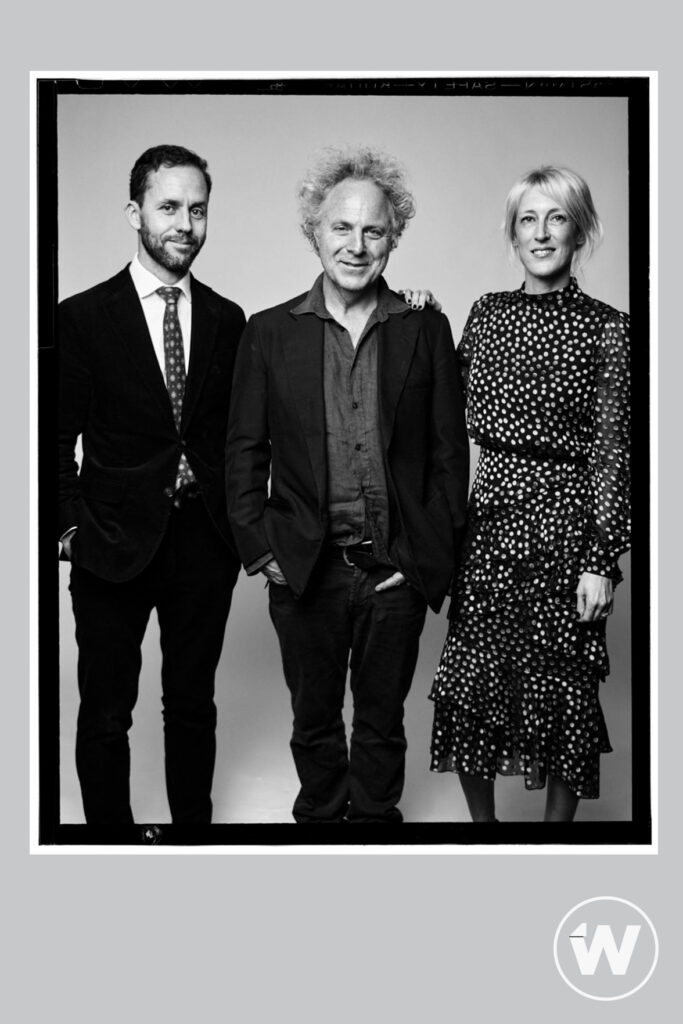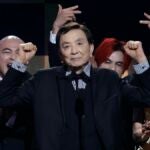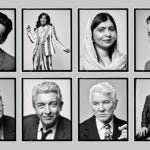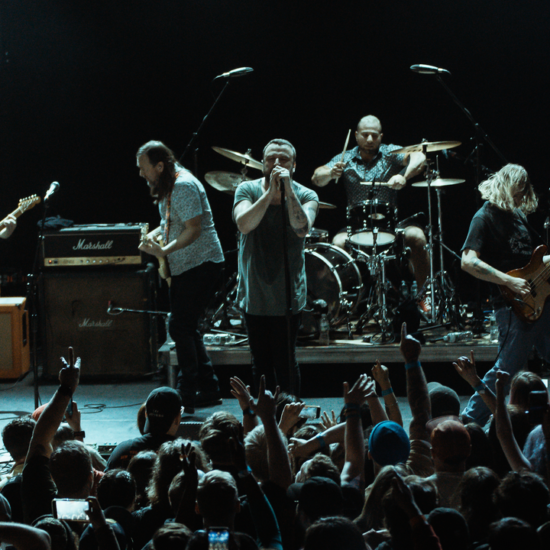
A version of this story about Charlie Mackesy and “The Boy, the Mole, the Fox and the Horse” will appear in the Down to the Wire issue of TheWrap’s awards magazine.
Charlie Mackesy’s bestselling 2019 book “The Boy, the Mole, the Fox and the Horse” is a slim illustrated volume in which very little happens apart from a conversation between four different creatures about kindness, love and accepting oneself. A delicate and philosophical creation, it has been adapted into a 34-minute film that adds just enough plot without ever betraying the heart of the original book.
The film, which is available on Apple TV+, is nominated in the Best Animated Short category at the Oscars. But it has already won the British Academy Film Award (BAFTA) for Best British Animation and it took home four awards at Saturday’s Annie Awards. In addition to winning Best Special Production, it triumphed in the character animation, directing and editorial categories for animated television/media productions. Those four wins were second only to “Guillermo del Toro’s Pinocchio” among all films or productions of any length at the Annies.
Mackesy made his film debut on the project, serving as co-director with Peter Baynton and co-writer with Jon Croker.

In the introduction to the book, you write, “When I was making the book I often wondered, who on Earth am I to be doing this?” And then you quote the horse: “The thing is, everybody is winging it.” I imagine that you must have felt that way directing your first movie, too.
Yeah, I did. Of course, I felt that. But I feel that generally about life. It’s not specific to the film.
If you’ve done a book about learning to accept that you’re enough, might as well take your own advice.
Yeah, you’re exactly right. I didn’t want to not be involved. The book was made for a reason, it wasn’t just a commercial venture. So we wanted to try and make the film feel like the book made people feel.
At the same time, you must have known that you were going to have to change it.
Oh, yeah. I mean, the word adaptation is pretty fundamental. Because obviously the book was just my drawings, and they vary in shape and size and messiness. So we had to really work hard to make each character as close to the book as possible, but also as simple as possible for everyone to work on. That was difficult, but in the end it was a very moving experience.
I thought I was gonna have to compromise a great deal. I was worried that the boy wouldn’t really be the boy, or the horse wasn’t going to move as well as I hoped. But I remember when I saw the first two or three seconds of the boy moving in ink, I just cried because I thought, “Oh, wow, this is way more than I ever thought it could be. They’ve done something I could not have done.” It was an immense relief for me to feel that I could let go.
The book is a series of conversations, and what little plot there is comes through in the drawings. Was it tricky to find a narrative that was strong enough to drive the short, but at the same time didn’t overwhelm the conversations that are the heart of it?
Yeah. That’s a really good point. It was a fine line. You need strong enough events for it to hold itself together and move forward, but you don’t want to drown the message. We were very conscious of that.
What were the new skills you had to learn?
Auditioning actors. Directing characters. Working on music with Isobel Waller-Bridge. The big difference between making a book and a film is that a reader of a book can pick up a book and put it down and can create his or her own pauses for thought. Whereas in the film, they’re more at the mercy of the filmmaker because you have to create the space.
I feel like I’ve done three PhDs. And I feel that the team had two jobs. One was to make a film, the other one was to teach me how to make a film.
Has this experience made you want to do more in film?
Yeah. Film has played a huge part of my life, but I never thought I’d get the chance to make one. And now that I have, it’s made going back to doing still drawings really difficult. It feels like they’re a means to an end rather than an end in themselves. Now when I’m drawing, it almost feels like they’re studies for a film.
















